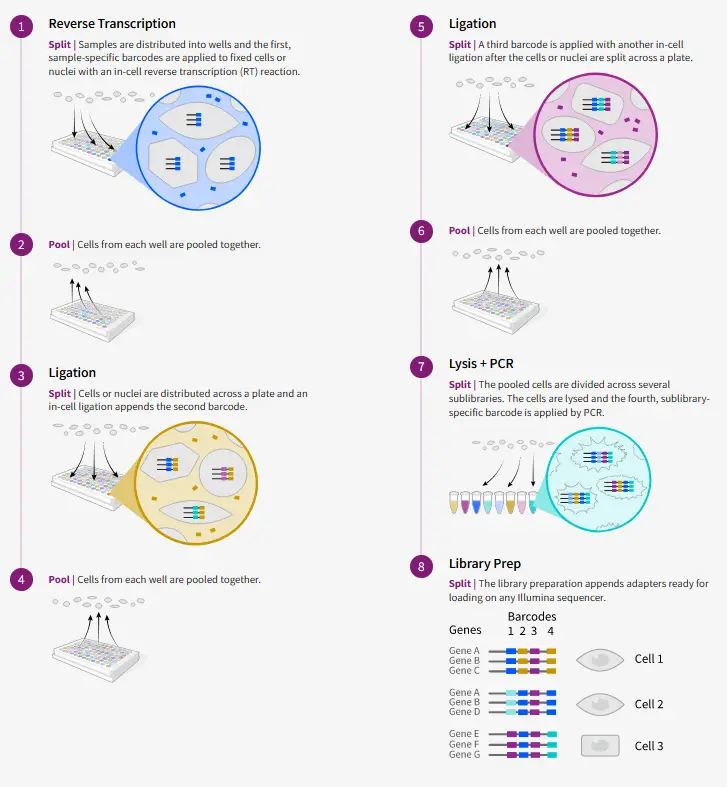Address
NXTGNT
Ghent University,
Faculty of Pharmaceutical Sciences
Ottergemsesteenweg 460
B-9000 Gent
Belgium
Inside the building
When entering the Ghent University Faculty of Pharmaceutical Sciences through the main entrance, elevators will be located in front of you. NXTGNT is situated on the third floor. When exiting the elevators, NXTGNT is located at your right-hand side.
Contact us
nxtgnt@UGent.be
Call: +32 9 264 80 59

